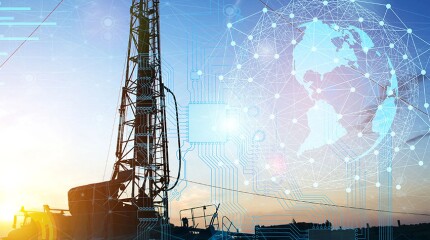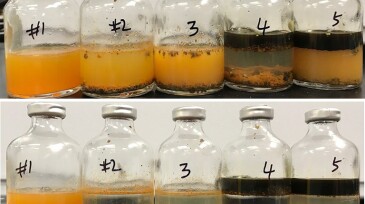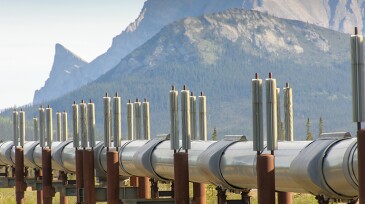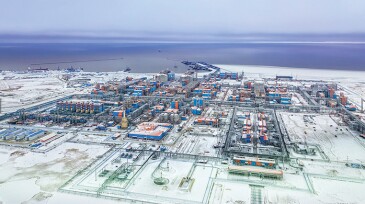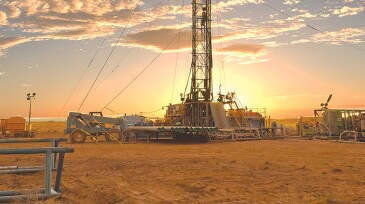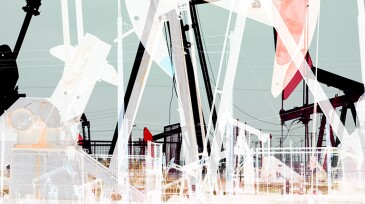Monthly Features
-
This article is the fourth in a Q&A series from the SPE Research and Development Technical Section focusing on emerging energy technologies. In this piece, David Reid, the CTO and CMO for NOV, discusses the evolution and current state of automated drilling systems.
-
Oil and gas experts encourage human/AI partnerships that can “supercharge” capabilities to create competitive advantages.
-
Casing deformation has emerged as a major challenge in China’s unconventional oil and gas fields, prompting the development of new solutions to address the issue.
-
The US supermajor is using one of its lowest-value hydrocarbon products to generate double-digit production increases in its most prolific US asset.
-
The use of real-time wireless downhole pressure gauges proved a valuable alternative to workover operations in two onshore fields in Iraq.
-
With the right infrastructure and interoperability, subsea resident robotics could unlock more frequent, cost-effective inspections—and a new standard for offshore efficiency.
-
The backers of some of the first offshore hydrogen projects have little hope of turning a profit. The big question is, will anyone?
-
Friction reducers play multiple critical roles in fracturing. A challenge in selecting the best one for the job is the growing evidence that performance varies, but objective performance measurements are lacking.
-
Electric-powered fracturing fleets looked impressively resilient in 2020 amid what was otherwise a significant collapse for the hydraulic fracturing sector. Today, the situation is more complicated.
-
As Canada, Greenland, and even Norway shy away from developing their Arctic oil and gas resources, only Russia and the US remain in the game as Alaska seeks to renew interest in exploration and development of its North Slope.
-
Traditionally, wireline or logging-while-drilling formation-testing technology has been the most accepted means of reservoir fluid characterization. But when those fluids are contaminated by mud filtrate, acoustic data can be used for fluid characterization during downhole sampling to successfully track and quantify small changes in oil compressibility.
-
Russia is pouring investment into liquefied natural gas projects as it seeks to leverage the world’s largest natural gas reserves together with the logistical advantages of delivering it at a competitive price to Asia and Europe along the now-navigable Northern Sea Route.
-
In a natural pivot from oil and gas E&P, former oilfield executives are taking up the hunt for helium. Helium is used in a wide variety of products, such as rocket ships and computer chips, and, while there is still plenty left to find on Earth, finding quality commercial quantities can be a difficult task and reserves are running low.
-
After more than 2 decades of talk, multiple millions of dollars in investments, and a decade’s worth of joint industry projects, operators are starting to get on board with electrification as the base case for subsea solutions.
-
The application of an extended-release scale-inhibitor in approximately 70 vertical conventional wells in the Permian Basin has shown approximately three times better performance compared to the incumbent chemical.
-
Brazil has plans to create a competitive gas market. Equinor is operating two big projects that could offer a model for how a company not named Petrobras could market gas produced offshore.
Explore Content by Discipline
Power Up With JPT Newsletters
JPT Newsletter (Weekly).
All the top stories, trends, and tech.
JPT Unconventional Insights (Monthly).
Fresh takes on shale and tight oil.
Get JPT articles in your LinkedIn feed and stay current with oil and gas news and technology.

